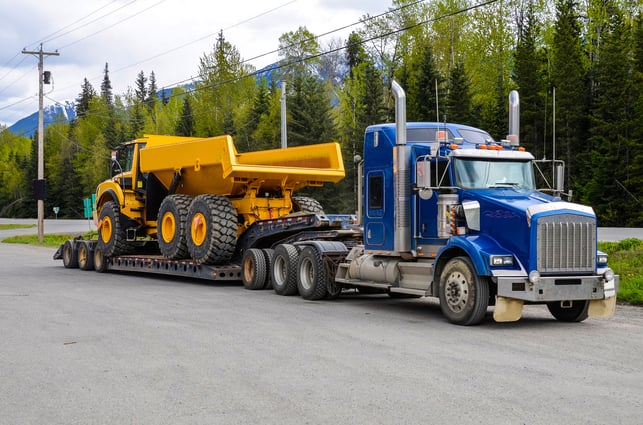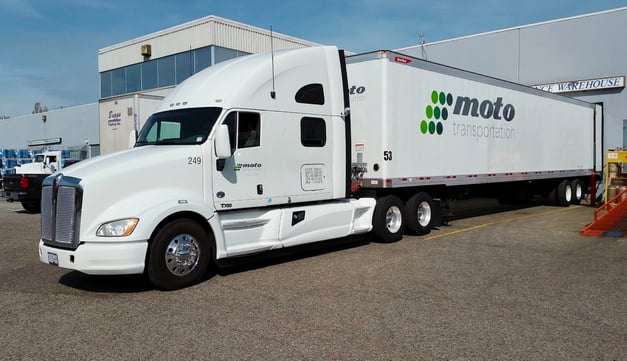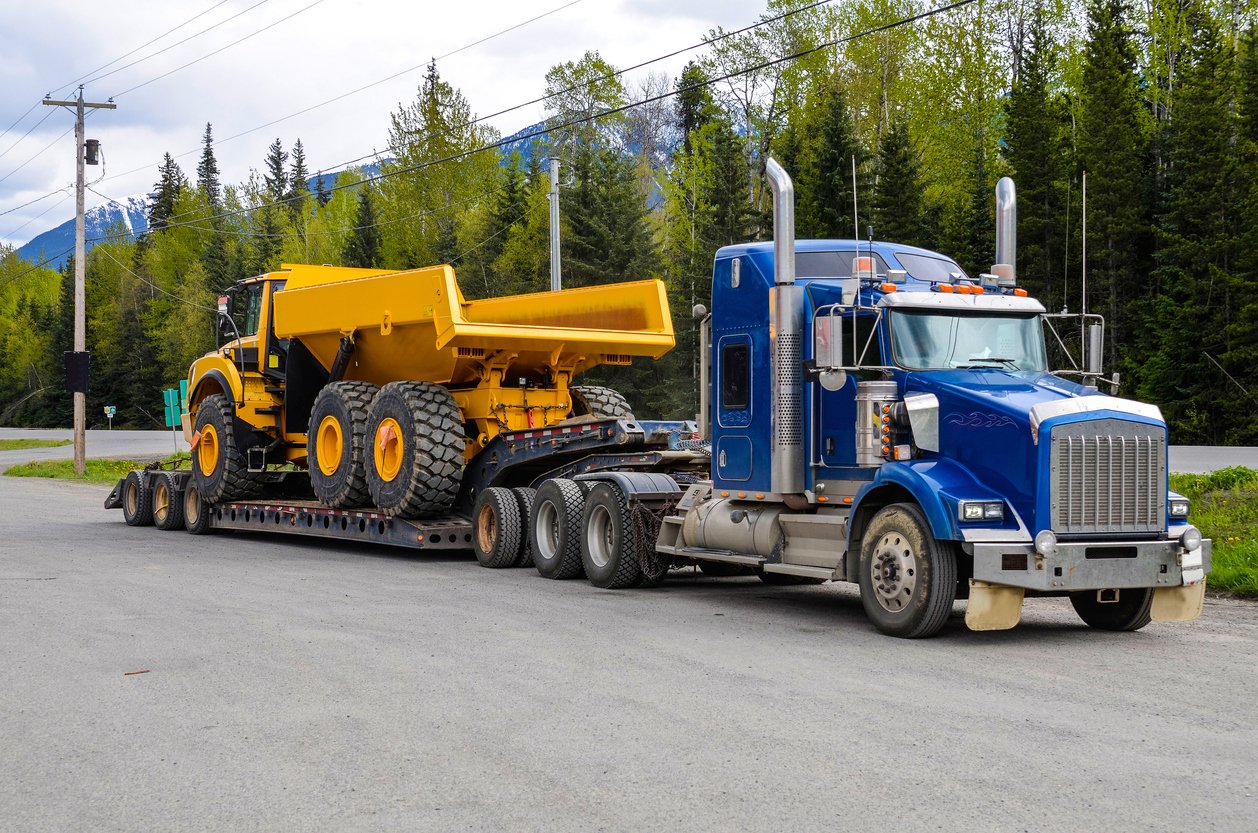If you're looking to transport goods over the road, you may be wondering: what type of equipment is cheaper? Flat deck or dry van? In this blog post, we'll explore the pros and cons of each type of equipment, and introduce Moto, a platform that can help you find the best price for any shipment, regardless of the equipment needed.
Flat Deck Equipment
Flat deck equipment, also known as flatbed equipment, is a type of trailer that is open on all sides, with a flat surface for carrying goods. Flat decks can be either extendable or non-extendable, with the former being able to accommodate larger loads. Flat decks are often used for transporting heavy or oversized items, such as construction materials, machinery, and vehicles.
Pros of Flat Deck Equipment
-
Versatility: Flat decks can carry a wide variety of goods, from pallets to oversized items.
-
Accessibility: Flat decks are easy to load and unload, as they have no sides or roof to impede access.
-
Cost: Flat decks are generally less expensive than other types of trailers, due to their simple construction and lack of specialized features.
Cons of Flat Deck Equipment
-
Exposure: Flat decks offer no protection from the elements, which can be a concern for certain types of goods.
-
Security: Flat decks are more susceptible to theft than other types of trailers, as there is no enclosure to secure the load.
-
Accessibility: While flat decks are easy to load and unload, they may not be able to access certain loading docks or other areas due to their height and size.

Dry Van Equipment
Dry van equipment, also known as enclosed trailers, is a type of trailer that is completely enclosed, with a roof and walls to protect the goods being transported. Dry vans are often used for transporting goods that need to be kept dry and secure, such as food, electronics, and consumer goods.
Pros of Dry Van Equipment
-
Protection: Dry vans offer complete protection from the elements, ensuring that goods stay dry and secure during transport.
-
Security: Dry vans are more secure than flat decks, as they can be locked and sealed to prevent theft.
-
Accessibility: Dry vans are able to access most loading docks and other areas, making them more versatile than flat decks.
Cons of Dry Van Equipment
-
Limited space: Dry vans are less versatile than flat decks in terms of what they can carry, as they have less space and are less accommodating to oversized items.
-
Cost: Dry vans are generally more expensive than flat decks, due to their specialized construction and additional features.
-
Unloading: Dry vans can be more difficult to unload than flat decks, as the goods are often stacked tightly and may need to be moved by hand.
Which Type of Equipment is Cheaper?
The answer to this question is not straightforward, as the cost of transporting goods can vary widely depending on a number of factors, including the distance, weight, and type of goods being transported. However, in general, flat deck equipment is often less expensive than dry van equipment, due to its simple construction and lack of specialized features. That being said, it's important to consider the specific needs of your shipment when choosing between flat deck and dry van equipment, as each type of equipment has its own advantages and disadvantages.
How Moto Can Help
No matter what type of equipment you need for your shipment, Moto can help you find the best price. Moto has a platform that connects shippers with carriers, offering real-time pricing and a range of options for shipping, including flat deck and dry van equipment. With Moto, you can be confident that you're getting the best price for your shipment, regardless of the type of equipment needed.

 (604) 757 2441
(604) 757 2441